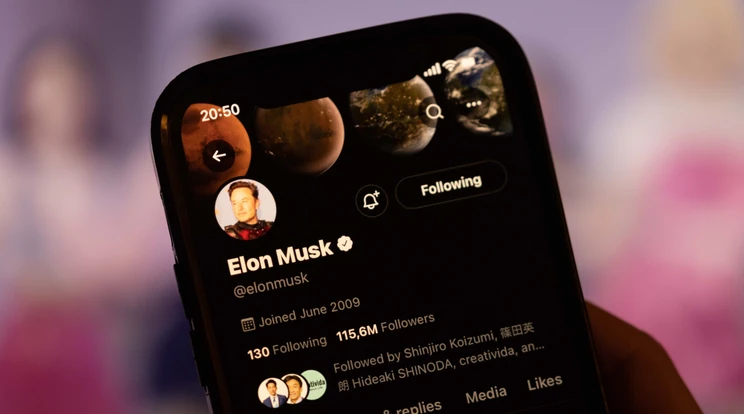A new technological breakthrough could make virtual reality even more realistic: researchers have developed an “electronic language” that can digitally convey flavours. The system, called e-Taste, lets you experience the taste of a virtual cake or fish soup – without actually eating it.
A team of researchers at Ohio State University, led by Yizhen Jia, has created a system that can detect the basic flavours of food and recreate them for human language.
The technology uses the five basic flavour chemicals: sodium chloride for salty, citric acid for sour, glucose for sweet, magnesium chloride for bitter and glutamate for umami. The e-Taste’s sensors detect the concentration of these in the food and then use a tiny pump to deliver microscopic amounts of flavoured hydrogel under the tongue – creating a virtual tasting experience.
The effectiveness of the system has been tested in several experiments. Firstly, the reproduction of the sour taste was tested: on average, 7 out of 10 test subjects rated the taste conveyed by the e-Taste as the same as the original taste. Later, more complex foods such as lemonade, cookies, fried eggs, chowder and coffee were tested. A group of six people recognised the flavours with more than 80% accuracy.
Where is technology now?
Although the e-button is a promising development, it is not yet perfect. For now, it only targets the taste buds – smell, food aroma or visual experiences are still missing. And this is not a negligible factor.
According to Alan Chalmers, a researcher at the University of Warwick, the experience of taste is the result of the coordinated action of several senses. “Next time you eat strawberries, close your eyes and don’t use your nose. Strawberries are very sour, but we perceive them as sweet because of their aroma and red colour. So if you just send pickles through your device, you’ll never know it’s actually from strawberries.”
Read the full article HERE to read.






